On May 16 a very special event took place here in Austin, the ribbon-cutting ceremony to officially open a large demonstration schoolyard habitat for Austin Independent School District. This project, led by the National Wildlife Federation, was created at AISD’s Science and Health Resource Center in South Austin.
.
The habitat is intended to serve as a field trip location for students of all grades in Austin and other local school districts, a place to train science teachers in outdoor education and field investigation, a place to instruct AISD employees about proper maintenance of a habitat, and a place to give living examples of the wildlife-friendly native plants that students and teachers can use on their own campuses.

Why do outdoor-education sites like this matter? Schoolyard habitats have been shown to improve children’s academic success in reading, mathematics, science, and problem solving. There are physical and emotional health benefits, as well. Students who spend quality time outdoors are less at risk for obesity or diabetes. Additionally, they have improved self-esteem, are better behaved in the classroom, and experience relief from stress they might be experiencing at school or at home. In a nutshell, time spent outdoors connecting with nature makes kids happier, healthier, and better students. Add to all that the fact that as students directly experience the wonders of nature, they are more likely to become environmental stewards as adults.

This demo habitat was made possible in part from a grant from Toyota USA Foundation, as well as NWF’s partnership with AISD. Marya Fowler, Senior Education Manager for National Wildlife Federation, along with other members of the regional office, rallied additional support from the Austin school district, local businesses and environmental organizations, members of the community, and many volunteers. Anne Muller, the AISD Outdoor Learning Specialist, also consulted on the project and provided on-site attention to the young habitat throughout its development.
 The habitat was designed by Environmental Survey Consulting, an Austin company known well for their design of the butterfly gardens at the Wildflower Center.
The habitat was designed by Environmental Survey Consulting, an Austin company known well for their design of the butterfly gardens at the Wildflower Center. The list of native plants is long, and all the hardscape materials came from local sources. Different ecological examples are displayed, including meadows, woodland habitats, and even a full-sun xeric area. The site includes benches, a water feature, and a rain collection system. Already present was a solar-power learning station, making this quite the science center. Additionally, there is built-in space for educational signs and an additional shade structure, to be added in the future.
The list of native plants is long, and all the hardscape materials came from local sources. Different ecological examples are displayed, including meadows, woodland habitats, and even a full-sun xeric area. The site includes benches, a water feature, and a rain collection system. Already present was a solar-power learning station, making this quite the science center. Additionally, there is built-in space for educational signs and an additional shade structure, to be added in the future.
 This project could not have been done without the work of dedicated volunteers. Over many workdays spread throughout several months, Habitat Stewards, Master Naturalists, neighbors, AISD, and other community volunteers tackled the challenge of creating pathways, moving dirt and rocks, planting hundreds of plants, and more. Additional work was provided by Environmental Survey Consulting.
This project could not have been done without the work of dedicated volunteers. Over many workdays spread throughout several months, Habitat Stewards, Master Naturalists, neighbors, AISD, and other community volunteers tackled the challenge of creating pathways, moving dirt and rocks, planting hundreds of plants, and more. Additional work was provided by Environmental Survey Consulting.

More than 100 people attended the ribbon-cutting ceremony, including representatives from NWF, AISD, the Children in Nature Collaborative of Austin, Austin Habitat Stewards, Capital Area Master Naturalists, Native Plant Society of Texas, and other groups, as well as many students, teachers, and families.

 Even Ranger Rick made a surprise appearance!
Even Ranger Rick made a surprise appearance!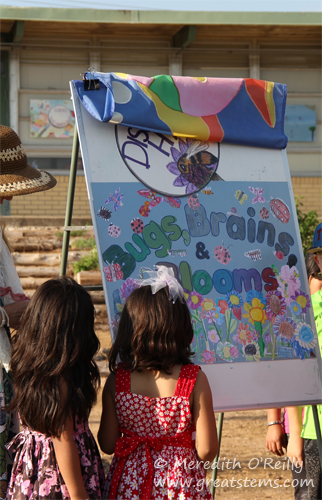
Students from the nearby Pleasant Hill Elementary unveiled their chosen name for the habitat, “Discovery Hill: Bugs, Brains, and Blooms.” It’s perfect.
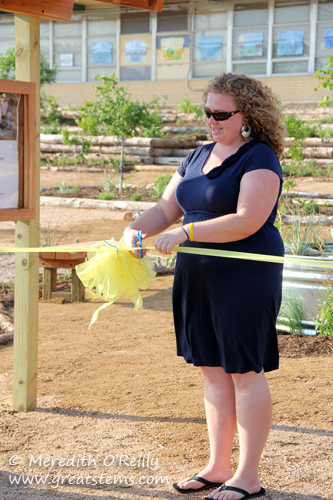
To give you an idea of how remarkable a change has taken place, take a look at the following Before and After pictures. Note that the Arizona Ash tree seen in the Before pictures was removed as part of the installation process. Arizona Ash trees are not native to Texas and are not long-lived — for this reason, the tree was removed so that other native trees could take its place.


After:


And After: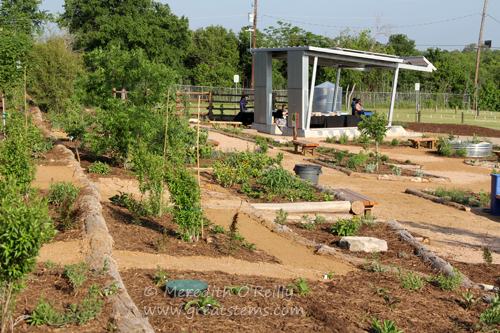
I love to report on such beautiful and successful transformations. This habitat is going to enrich the lives of many thousands of students in the years to come. But let’s not forget the wildlife that will benefit, too! Already butterflies, birds, bees, and other creatures have found the habitat, and it won’t be long before this young habitat is truly a haven for wildlife.
Note: For more information on the project and its development, please visit http://rockstoroots.wordpress.com/. If you’d like to make a tax-deductible donation to National Wildlife Federation to help with the next stage of the project (including educational signs and a shade structure), links are provided there.













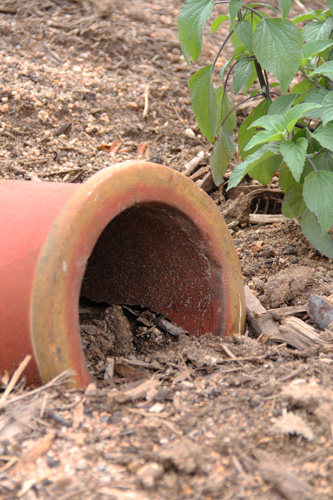 Broken pots create perfect little toad shelters, and there’s even a solar-panel water wheel in the pond. Nearby, birdfeeders and birdhouses adorn large trees.
Broken pots create perfect little toad shelters, and there’s even a solar-panel water wheel in the pond. Nearby, birdfeeders and birdhouses adorn large trees.
 It takes a team to create a new schoolyard habitat, whether it be small or large. The team can be made of teachers, students, parents, school staff, and/or community members, and working together, they can change the world, so to speak. But for a schoolyard habitat to be the most successful, it’s also imperative that the school’s administration offer positive support, that many teachers get involved, and that the school district help open doors to allow change and outdoor learning time on school grounds.
It takes a team to create a new schoolyard habitat, whether it be small or large. The team can be made of teachers, students, parents, school staff, and/or community members, and working together, they can change the world, so to speak. But for a schoolyard habitat to be the most successful, it’s also imperative that the school’s administration offer positive support, that many teachers get involved, and that the school district help open doors to allow change and outdoor learning time on school grounds. 















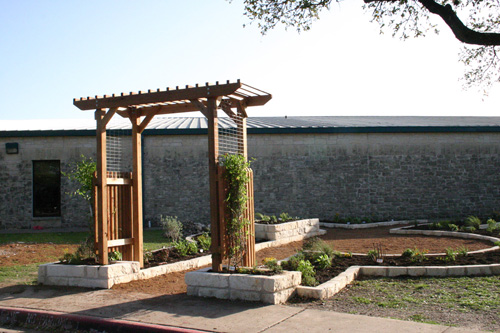

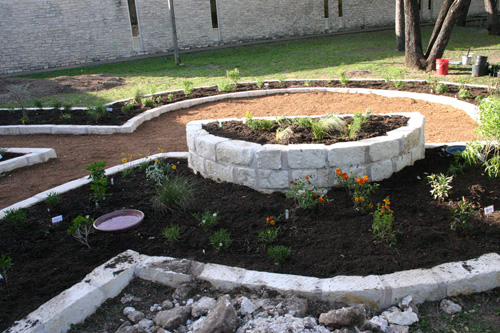


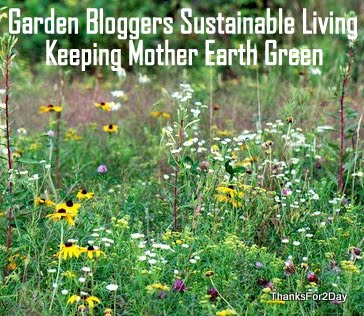




 I’ve really been thrilled with the enthusiasm everyone has had about the habitat project. What makes me happiest is seeing how excited the kids are. Just wait until the wildlife finds about it!
I’ve really been thrilled with the enthusiasm everyone has had about the habitat project. What makes me happiest is seeing how excited the kids are. Just wait until the wildlife finds about it!